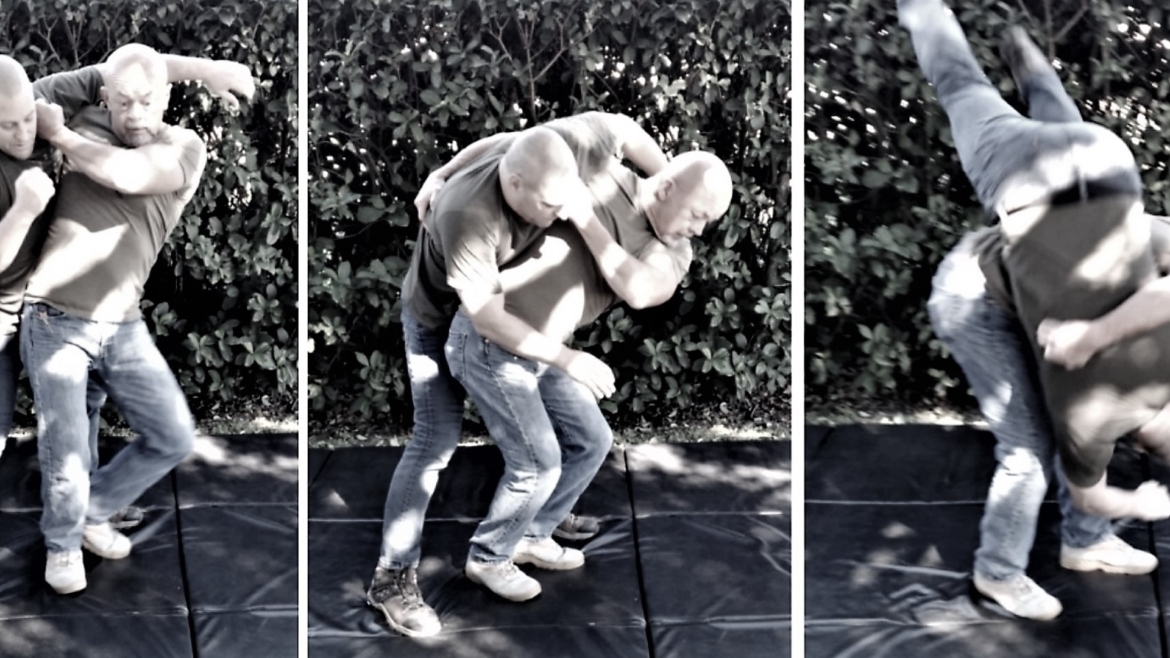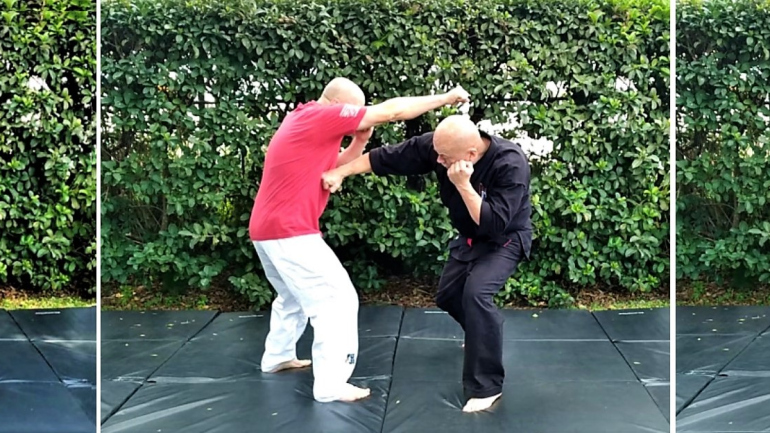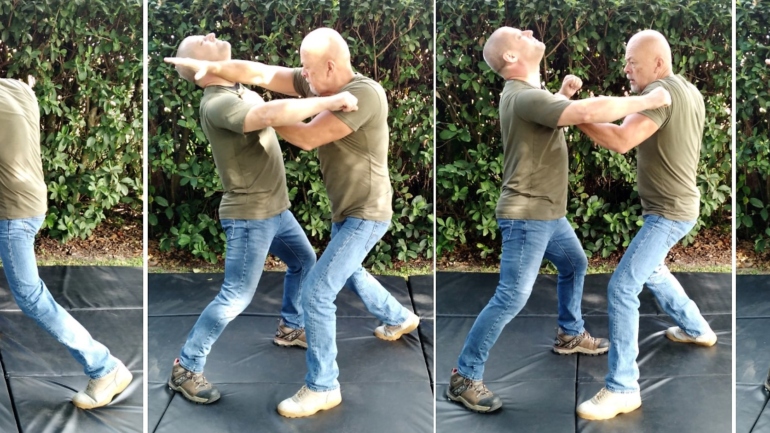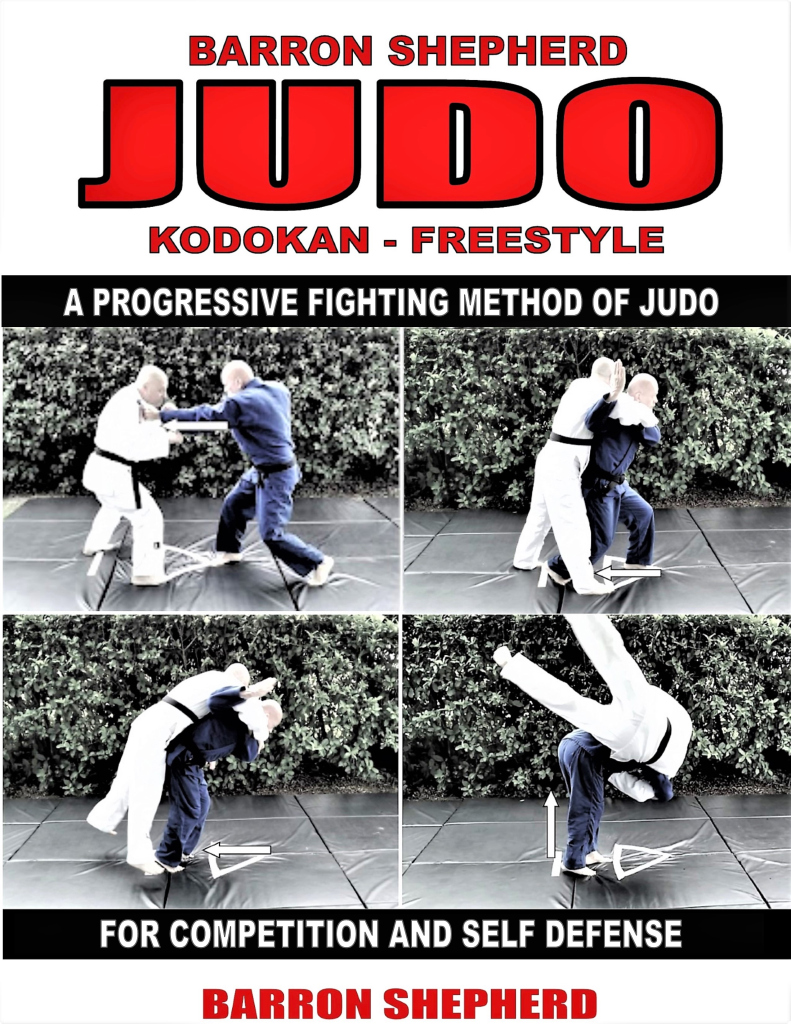 If you are looking for simple and easy then this book probably isn’t for you. Judo isn’t easy… if it was then everyone would do it.
If you are looking for simple and easy then this book probably isn’t for you. Judo isn’t easy… if it was then everyone would do it.
Judo is a highly comprehensive martial art and combative sport and the reality is that it takes a lot of time and training to become proficient at. A throw just isn’t a throw! High level judo is probably the most technical, dynamic and athletic grappling endeavor one can undertake.
To put this into perspective it takes on average about six years to receive Black belt (shodan). It takes about 5 years to get competition level good, if one is training two to three times a week and competing frequently. To learn the basics to build a good foundation for a fighting method for self defense or the streets will take approximately a year. At the end of the day any competitive activity that one undertakes is hard to an extent. Getting good at judo whether it be as a sport or for the streets is inherently hard.
As a long-time judo practitioner, I can tell that it is very common to see some in the martial arts community diminish judo or outright dismiss it as “just a sport”. “Sport judo” does have rules for competition and unfortunately, the sport of judo is all that many are exposed to. The Olympic sport has long over shadowed Judo as a martial art and method of fighting. Most overlook that the fact that Judo is a competitive combat sport is a strength, not a weakness. “Sport judo” quite simply equals that the competitive judoka learned to do their stuff against other fit and skilled judoka who know what they’re doing and how to avoid be thrown and succeeded anyway.
There is a wealth of knowledge and skills to explore within Judo which can significantly enhance one’s combative capabilities in competition and self-defense. Judo teaches essential principles of strategy, timing, and adaptability, enabling individuals to navigate a variety of scenarios on the mats as well as in the street. The real-world applicability of judo techniques ensures their relevance in various self-defense situations enhancing personal safety. It is, without a doubt, a solid and effective choice for building a foundation in close quarter fighting. When the pressure is on nothing exploits the movement of an attacker and their close proximity quite like judo.
Whether facing one or multiple attackers, Micro adjustments of “sport Judo” techniques can be made and then efficiently applied to neutralize threats in real world altercations. The combat method of Judo’s power lies in its simplicity….utilizing short, sharp ballistic actions floor foes fast.
Practice makes perfect and consistent training hones your skills.
BASIC IPPON SEOI NAGE – Right vs Right – First grip, first attack (Step and Pivot)
A very dynamic throw, Ippon-seoi-nage (One-armed back carry throw) consists of grasping one of the opponent’s at the pocket of shoulder, spinning around to place your back against him, and then throwing him to the mat over your shoulder. Ippon Seoi Nage is considered to be one of the most representative throwing techniques of Judo.

1.) Blue is standing in a right foot forward lead. Blue’s knees are bent and his center of gravity low. Twist the upper body clockwise bring the left hand and shoulder to the front closer to the opponent. In a right vs. right situation your right shoulder should be more toward your rear and not out front and easily accessible for your opponent to grip and attack.
2.) Blue punches in with the left hand and grips the opponent’s gi right above the armpit. Blue’s right hand is up and defending any attempts by the opponent to get his grip.
3.) Immediately after the getting the grip, Blue pulls the opponent with the left hand rocking him forward up off his heels. Simultaneously, Blue steps his right foot to his opponent’s right foot. As Blue steps in with his right foot his knees are bent more and his belt line should be lower than his opponent’s belt line.

4.) Blue’s right arm moves under the opponent’s right armpit as he pivots counter clockwise on the ball of his right foot. Blues left foot steps back all the way through the triangle between the opponent’s feet as he continues his pull. Blue pinches the opponent’s right arm at his arm pit between his right forearm and bicep. Blue rotate the palm of the right hand toward your head (this creates a tighter clamp on the opponent’s arm).
5.) Blue then straighten his legs quickly and pops his hips upward into the opponent.
6.) To finish the throw, Blue continues to pull and twists his torso to the left, taking his right elbow toward his left knee and drives the opponent to the ground.
When it comes to a fighting application of judo for the streets certain micro adjustments are made to the basic motions of the sport applications. The first instance in this application you may make a slight adjustment in your stance ie. blade off more. You may also step or move offline slightly (slip) to avoid a punch. As you enter in to your throw you can certiaanly bring your elbow up and hit or rake across the opponent’s ribs or sternum. Also you want to step even more deeply past the opponent’s lead foot than you would if he were in a gi increasing leverage and making the throw or takedown easier.
BASIC IPPON SEOI NAGE AGAINST A RIGHT REAR HAND PUNCH

1 .) Attacker is standing in a left foot forward fighting posture like a boxer. The defender is standing with his right foot forward and bladed off in ready fighting posture. The defender’s hands are up and his chin is tucked just below his right shoulder.
2.) Attacker throws a right punch. The defender pivots clockwise on both feet, slipping to the inside of the attacker’s rear hand straight punch. The defender then counters by throwing a rear hand straight punch of his own and strikes the attacker’s right shoulder directly above the armpit with his open left hand. Then the defender grips the attacker’s shirt at the area struck.
3.) With a short quick jerk of his right hand and keeping his elbow up, as he steps his right foot to the inside of the attacker’s right foot, the defender pulls the attacker to toward him and strikes the attacker’s sternum with a right horizontal elbow.

4.) The defender pivots on his right foot counter – clockwise and brings his left foot back between the opponent’s feet and grabs the opponent’s right arm with his left hand. The toes of both the defender’s feet should be approximately in line with the toes of his opponent’s right foot. The defender’s knees should be bent and his belt line should lower than his opponent’s beltline. Simultaneously the defender pulls the opponent forward and brings his right arm up under the opponent’s right arm. The defender pinches the opponent’s arm at the armpit between his right bicep and forearm.
5.) The defender straightens his legs and bends at the waist popping his hips up lifting his opponent into the air (this is an explosive movement).
6.) Keeping his grip on the opponent, the defender brings his left elbow downward, twisting his upper body toward his left hip to finish the throw.
